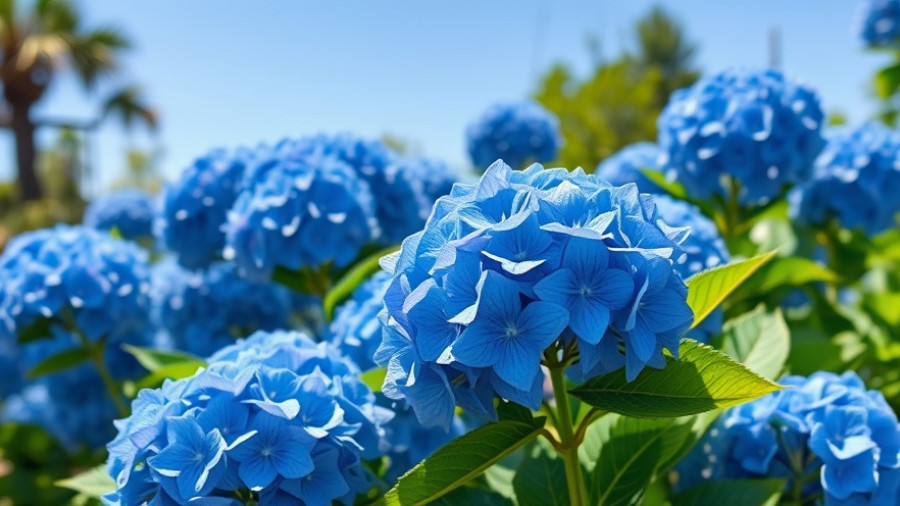
Understanding the Importance of Waterproofing Under Decks
Creating an outdoor space below your deck can enhance the functionality of your home, but it requires careful planning to ensure it remains dry and usable. In the video, Building a Roof Under a Deck, experts Tom and Charlie illustrate the essential steps for building a roof system that protects the living space beneath. This involves a carefully crafted structural setup using joists and sheathing to create a durable surface that withstands both water and weight.
In Building a Roof Under a Deck, the discussion dives into essential construction techniques for creating a waterproof living area, exploring key insights that sparked deeper analysis on our end.
The Role of Joists and Rafters in Deck Construction
One of the key points highlighted in the video is the transformation of joists into rafters when constructing a roof under a deck. This change is crucial because it affects the pitch of the roof, ensuring that rainwater effectively drains away. The setup involves using I-joists, which are popular for their strength and efficiency. Understanding how to position these joists not only impacts the stability of the deck but also the overall waterproofing system, making it essential for homeowners to consider when planning their projects.
Step-by-Step Guide to Achieving a Waterproof Space
Implementing a waterproofing system under your deck proceeds through several significant steps, as noted in the video. It begins with securing the I-joists correctly, forming the foundation for the structure. Next, a high-density separation board is installed atop the sheathing, which protects the rubber roofing material underneath. As Charlie rightly explains, this combination keeps the living space dry while providing a sturdy base for any furniture or features you may want to include in your outdoor area. This method is not just practical; it also promotes longevity for both the deck and the living area below.
Common Misconceptions About Deck Waterproofing
Many homeowners might mistakenly believe that merely placing a roof over a deck will prevent water from seeping into the space below. However, as explained by the experts, proper construction techniques and materials are paramount. It’s about the details—like ensuring that there’s a slight pitch to allow water runoff—that truly determine a successful waterproofing outcome. Understanding these nuances can help homeowners save time and money in the long run.
Why You Should Invest in Under-Deck Living Space
Creating a living space under a deck not only increases the usable area of your home but also adds value. Outdoor living is a growing trend, and well-designed spaces can serve as additional lounge areas, storage, or even outdoor kitchens. With the right waterproofing systems in place, your under-deck area can become a beautiful, functional extension of your living space for family and friends to enjoy.
Conclusion: Your Next Steps for a Successful Deck Project
Ready to take your deck to the next level? Learning about proper construction techniques, including the roof systems explained in Building a Roof Under a Deck, can make a significant difference in your project. Not only will you be equipped with the knowledge to create a usable space, but you'll also be prepared to tackle potential challenges effectively. Invest in your home’s value today by ensuring your project is done right from the start!
 Add Row
Add Row  Add
Add 




Write A Comment